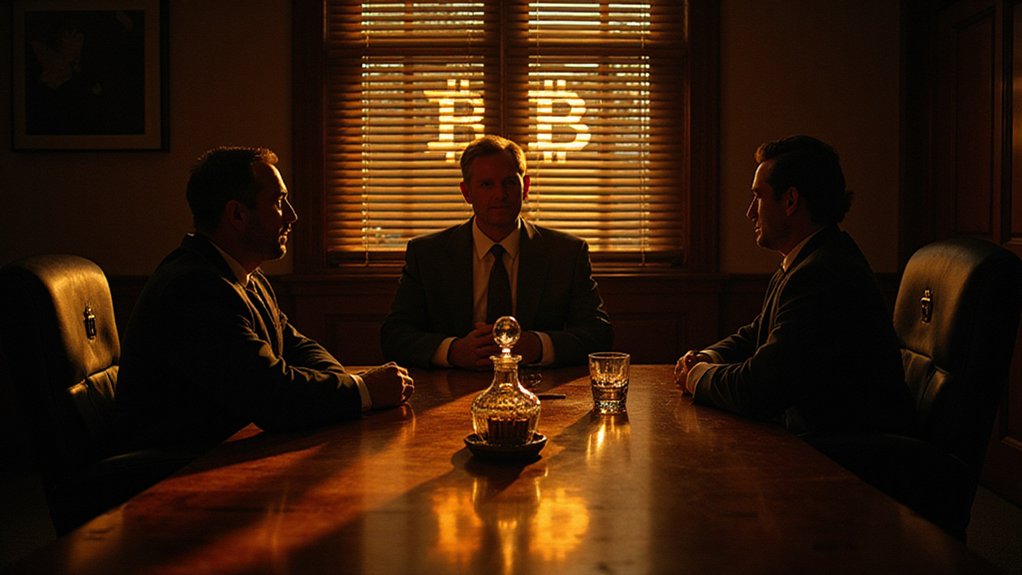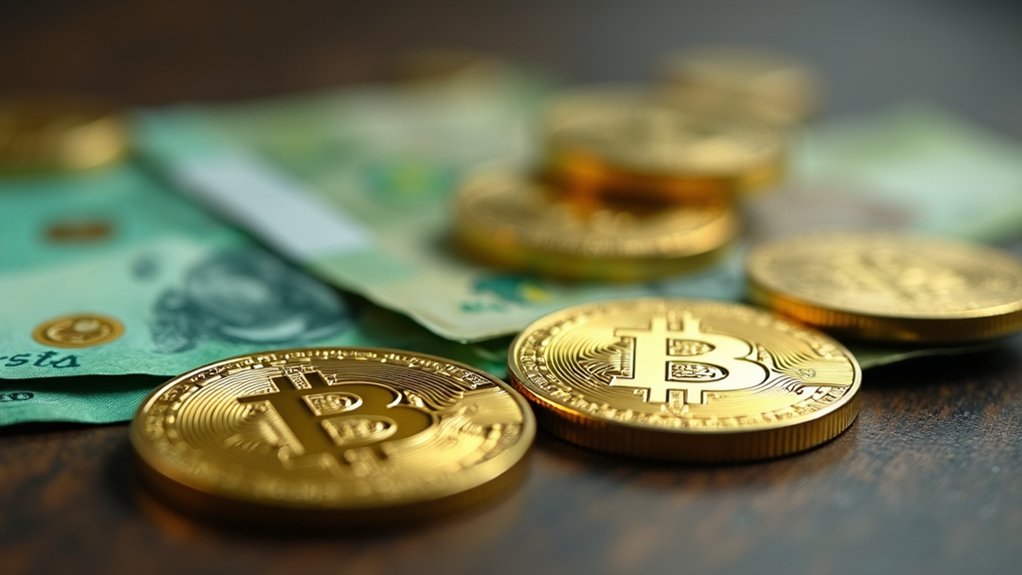While the Strategic Petroleum Reserve has long served as America’s hedge against oil supply disruptions, President Trump’s March 6, 2025 Executive Order establishing a Strategic Bitcoin Reserve represents a rather more speculative approach to national economic security.
The SBR’s foundation rests on bitcoin currently held by the Treasury Department—primarily assets forfeited through criminal and civil proceedings, which raises the amusing possibility that America’s digital gold reserve owes its existence partly to ransomware operators and drug dealers. The government estimates it holds approximately 200,000 BTC, making it the largest known state holder of bitcoin, though one wonders how “known” relates to the pseudonymous nature of blockchain transactions.
Unlike traditional reserves, the SBR operates under a strict no-sale mandate, treating bitcoin as a permanent store of value akin to Fort Knox holdings. Additional acquisitions must remain budget-neutral—a constraint that effectively limits expansion to asset forfeitures or other “carefully designed strategies” (bureaucratic language that leaves considerable interpretive room).
The Treasury Secretary gains authority to establish custodial control mechanisms, while federal agencies face thirty-day deadlines to review their legal authority for bitcoin transfers.
The Executive Order simultaneously creates a separate U.S. Digital Asset Stockpile for non-bitcoin cryptocurrencies, suggesting the administration recognizes distinctions between bitcoin’s capped 21-million supply and the infinite mint capabilities of alternative tokens. Transparency requirements include ongoing Proof of Reserve systems with public cryptographic attestations—a level of accountability that traditional gold reserves have never provided.
Critics question the wisdom of designating a notoriously volatile asset as a strategic reserve, though proponents argue bitcoin’s scarcity properties justify its “digital gold” moniker. The initiative aims to position the United States as the “crypto capital” of the world through this forward-thinking governmental approach to digital asset accumulation. Evaluating the SBR’s true worth requires considering both its current market capitalization and its fully diluted valuation, which accounts for all 21 million bitcoins at current prices. The initiative has inspired similar projects at state levels, creating a patchwork of governmental bitcoin adoption that reflects broader uncertainty about cryptocurrency’s role in public finance.
Perhaps most tellingly, the promised legislative updates from the Treasury Secretary remain unreported sixty days post-signing, while agency compliance with digital asset reporting requirements appears inconsistent. Bitcoin’s underlying protocol never hacked status adds credibility to its designation as a strategic reserve asset, distinguishing it from other cryptocurrencies that have experienced security breaches.
This administrative opacity surrounding an ostensibly transparent blockchain-based reserve highlights the peculiar contradictions inherent in institutionalizing decentralized assets within traditional governmental frameworks.





